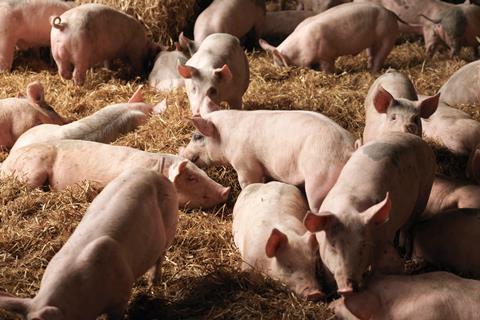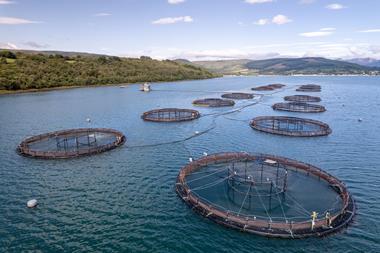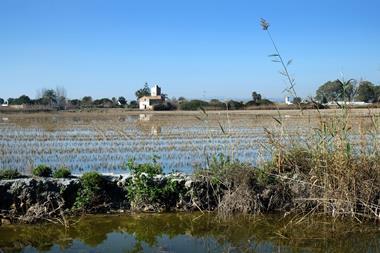
The pig sector has been urged to remain vigilant about pig health after the first swine flu case in humans was reported this week.
The UK Health Security Agency has detected a confirmed human case of influenza A(H1N2)v similar to that currently circulating in pigs in the UK.
The National Pig Association has urged pig keepers to “be vigilant to any signs of ill health amongst their animals and maintain high levels of hygiene and biosecurity when working with pigs” and to contact their vet should an issue arise.
However, the trade body added that there was currently no evidence of risk to humans by either handling or eating pork, and no evidence of human-to-human transmission.
“H1N2 has been circulating in pigs around the world for many years,” it explained. “There have been rare cases of this strain in humans around the world.”
The importance of high standards of animal health, welfare and biosecurity were echoed by chief veterinary officer Christine Middlemiss.
“Through our animal and human surveillance systems we work together to protect everyone. In this case we are providing specialist veterinary and scientific knowledge to support the UKHSA investigation,” said Middlemiss. “Pig keepers must also report any suspicion of swine flu in their herds to their local vet immediately.”
The case was detected as part of routine national flu surveillance undertaken by the UKHSA and the Royal College of General Practitioners, and the individual was tested by their GP after experiencing respiratory symptoms.
The individual experienced a mild illness and has fully recovered. However, the source has not yet been ascertained and remains under investigation.
“We are working rapidly to trace close contacts and reduce any potential spread,” said Meera Chand, incident director at UKHSA. “In accordance with established protocols, investigations are underway to learn how the individual acquired the infection and to assess whether there are any further associated cases.”










![TGK-05.09.24-3477[12]](https://dmrqkbkq8el9i.cloudfront.net/Pictures/380x253/2/6/2/340262_tgk05.09.24347712_514256_crop.jpg)








No comments yet